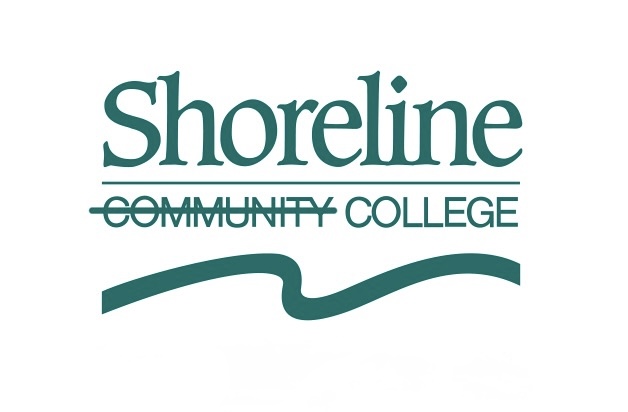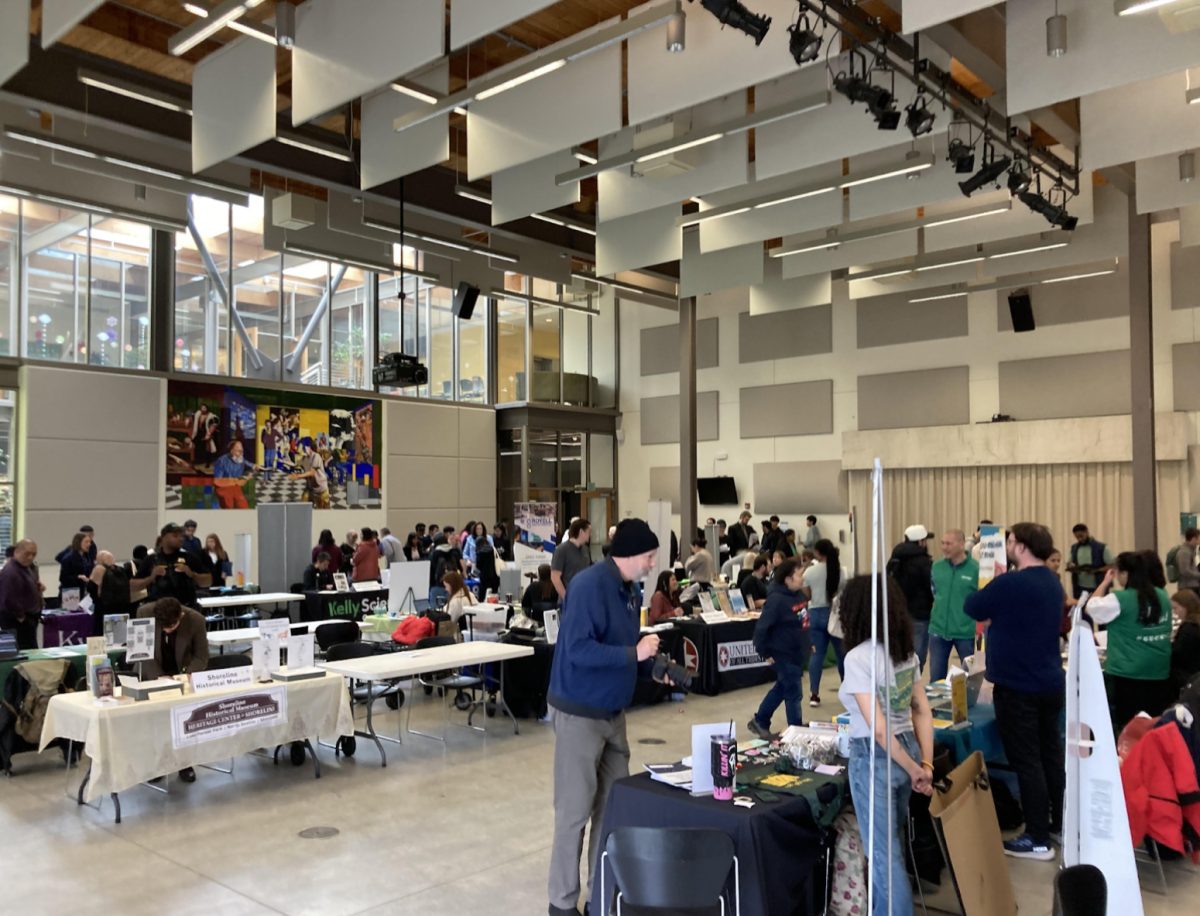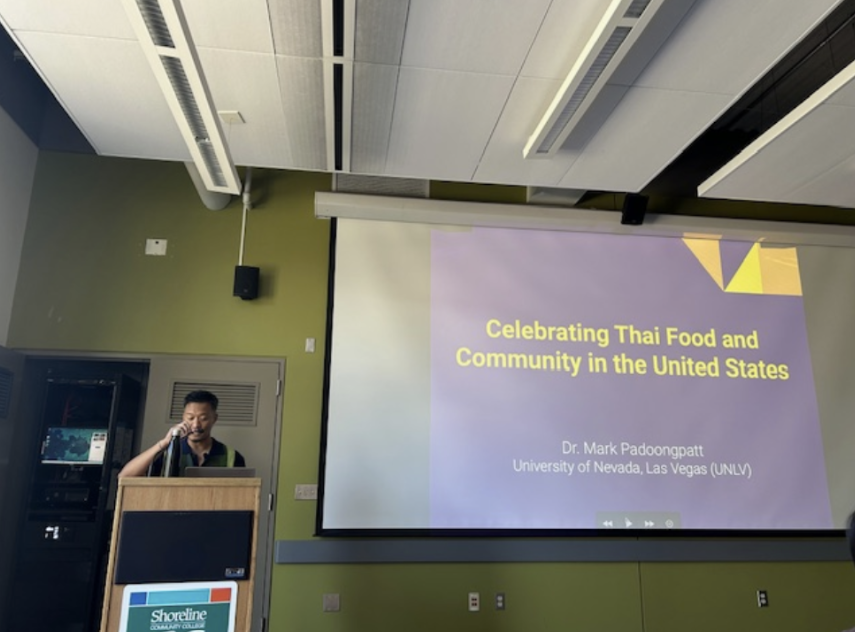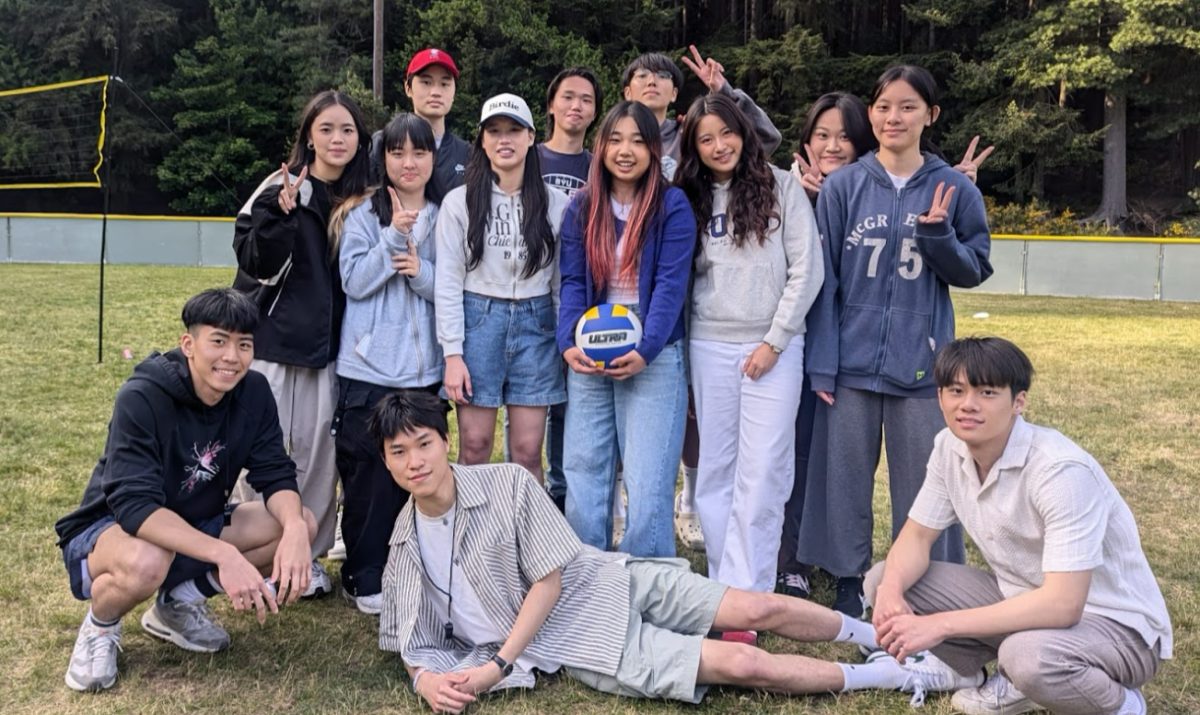I’ll be leaving SCC at the end of next quarter with an AAAS degree after paying nothing for tuition*, and about $50 for school supplies.
Flashback to Nov. 2015 when I was trying to change careers, but not sure how to do it. I got weekly unemployment checks, and was busy taking classes here and there, networking, sending out my resume and not really getting anywhere.
And then I got an email saying that because I was receiving unemployment, I might also be able to go to school for free.
What is WorkForce?
SCC’s WorkForce Education center is a magical place filled with cubicles, where employees turn paperwork into gold.
Employees of the WorkForce Office are there to help students get funding to pay for school programs that will make them employable, and also to assist them in their job searches.
Workers Retraining, Opportunity Grant, WorkFirst and BFET are the WorkForce programs that connect students with funding. The first two are Washington state government programs, and the other two are federal government programs. And like any governmental program, they have confusing rules, and are almost impossible to understand without help.
So the WorkForce office has a specialist or two for each of the programs. They can’t protect you from annoying government paperwork and bafflingly opaque directions, but for community college students who are willing to wade through that mess, they might be able to save a lot of money.
How Can Specialists Help?
The WorkForce office has one or two specialists for each of the government-funded programs they deal with. These specialists meet with each other to talk over applicants’ circumstances, in hopes of finding each person the most benefits.
In addition to working with each other, people in the WorkForce office have connections with people in Community Based Organizations (CBOs). That way, they can find resources for students who don’t necessarily meet the requirements of their programs.
The program specialists in the WorkForce Office seem to see what they do as kind of like solving puzzles — when a student comes in, they see how they can arrange things so that in each case, they find what Opportunity Grant Program Specialist Kim Cambern calls “the best funding package for the student.”
Cambern, who has been involved in WorkForce for 23 years, says, “Rules and regs are made to be broken. Now, I never truly break them, but I am able to pull the taffy pretty thin.”
Do You Qualify?
According to the WorkForce staff, who seem to live by my mom’s “you’ll never know if you don’t ask” rule, if attending SCC causes you a financial burden, then you should attend a WorkForce orientation.
“Check out what is available. Don’t restrict yourself to financial aid,” says Fikru Diro, Worker’s Retraining program specialist.
The first step is to go to startnextquarter.org and answer some questions to see if you qualify. On that website, you can also register for a WorkForce Education orientation. Orientations are held at 2-4 p.m. every Wednesday, and include specialists who can answer questions and help determine if there are resources available for you.
What About Job Seekers?
Another resource the WorkSource office offers is assistance in looking for jobs. They have computers, phones and a fax machine for students and community members to use for job searches.
WorkForce also offers help with resumes, preparing for interviews and searching for jobs. They have jobs posted in the office, as well as an online database of jobs maintained by WorkForce Career Navigator Tiffany Lamoreaux.
Anyone interested in using these resources can go to the WorkForce office on the bottom floor of FOSS. If you would like assistance, call ahead and make an appointment with Lamoreaux.
5000 Building, Room 5101
206-546-5882
Hours
Mon.-Fri.
8 a.m.-4:30 p.m.
*Keeping my fingers crossed that my funding is approved for next quarter.
HOW DO THESE PROGRAMS WORK?
There is no quick way to accurately explain these four programs, and the best way to get an overview is to visit the WorkForce office, but here’s the gist:
Workers Retraining can guarantee tuition payment for three quarters for students who fit into one of several categories, including those who: are on unemployment, have exhausted unemployment benefits within the last four years, are in “stop-gap” employment, are “displaced homemakers,” and/or are going back to a professional job. This program can sometimes fund three additional quarters. Students must be enrolled in a professional/technical program.
Opportunity Grant is need-based, and awarded to people in certain professional/technical programs. This is the only of the four programs that can be combined with funding through FAFSA.
WorkFirst is a program for people with families who qualify for Temporary Assistance for Needy Families (TANF). WorkFirst has a work-study option that the other programs don’t have. Students need to be able to prove that their program of study will qualify them for “in-demand” employment.
Basic Food Education Training (BFET) is a program for students who receive federal food benefits (see information about SNAP and EBT in “Take What You Need. Give What You Can”). Students must be enrolled in a professional/technical program.
-Coral Nafziger







